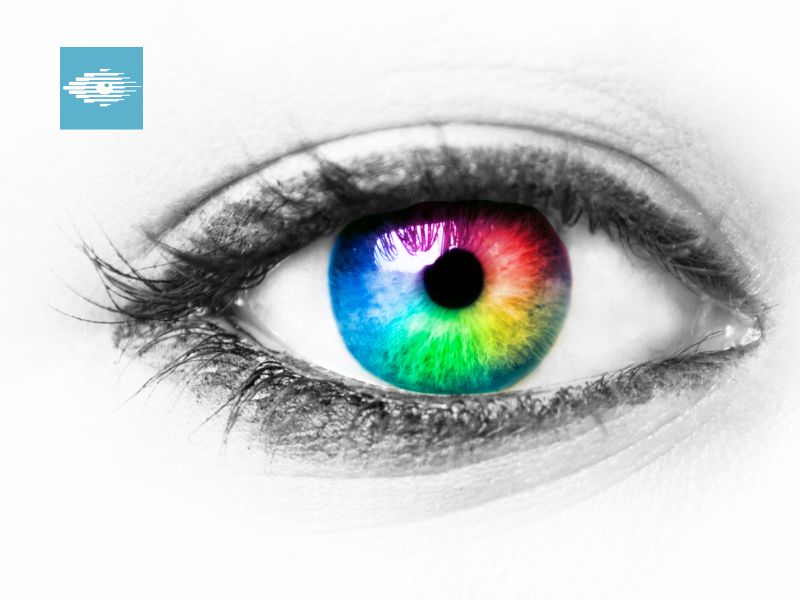What is the Rarest Eye Color?
What is the Rarest Eye Color? Eye color has fascinated people for centuries, from ancient myths to modern genetics. While blue and brown eyes are the most common around the world, there are hues so uncommon that they seem almost mythical. This post explores the rarest eye colors, the science behind them, and practical tips for anyone curious about autumn eye care as the seasons change.
Introduction: The Mystery of Eye Color
Eye color is determined by the amount and distribution of melanin in the iris, influenced by genetics and sometimes environmental factors. While our everyday conversations might label eyes as blue, green, or brown, the spectrum includes rarities that defy simple categorization. For those who are seeking autumn eye care, understanding how seasonal changes can affect perceived color and eye health adds another layer of appreciation for this reflective organ.
The Rarest Eye Colors: A Global Snapshot
- Heterochromia (partial or complete)
- Definition: A condition where each iris has a different color or one eye has multiple colors.
- Prevalence: Relatively uncommon, affecting a small percentage of the population. It can be genetic or acquired due to injury or disease.
- Why it stands out: The contrast between two eyes creates a striking appearance that many people find captivating.
- Central heterochromia
- Definition: A ring of different color around the pupil, while the outer portion remains one color.
- Prevalence: Less common than standard eye color variations but more common than true bilateral heterochromia.
- Visual impact: Subtle yet distinctive, often noticed upon close inspection.
- Yellow or amber eyes
- Definition: A golden or yellowish tint that can appear in certain lighting.
- Causes: Rare and sometimes linked to rare genetic conditions or syndromes; can also be seen in certain breeds of animals.
- Considerations: If the yellow tinge is recent or accompanied by vision changes, it warrants a medical check.
- Red or ruby eyes
- Definition: True red eyes are typically associated with albinism or extreme light sensitivity and are rarely natural eye colors in humans.
- Clarification: In photography, red-eye effects occur due to flash and pigment variations, not a natural iris color.
- Green or gray-green extremes
- Definition: While green eyes are uncommon in some populations, shades leaning toward gray-green can feel rare depending on the regional baseline.
- Factors: Lighting and eye care practices can influence how green or gray-green eyes appear.
- Violet or purple hues
- Definition: Sometimes described in media and fashion as a striking, almost otherworldly color.
- Reality: Purple eyes are extraordinarily rare and typically result from severe lighting effects or medical conditions that alter iris composition.
The Science Behind Rare Eye Colors
Genetics play a major role in eye color, with multiple genes contributing to melanin production and iris scattering. Oculoplasticists and researchers note that:
- Melanin levels largely determine brown versus lighter colors.
- The Tyndall effect, a light-scattering phenomenon, can make blue eyes appear lighter or darker under different lighting.
- Heterochromia can be a standalone trait or linked to syndromes, so understanding its origin is important for health awareness.
Autumn Eye Care: How Seasonal Changes Interact with Eye Color
As the seasons shift toward autumn, several factors influence how eyes look and feel:
- Dry air and indoor heating can dry out the eyes, causing irritation that might make iris color appear duller or more opaque.
- Seasonal allergies common in fall can lead to redness and itching, which can affect how vividly eyes are perceived.
- Vitamin A and omega-3 fatty acids support tear film quality, contributing to clearer vision and healthier eyes.
- Protective eyewear: Sunglasses with UV protection remain important in autumn to shield delicate eye tissue from sun exposure reflected off autumn leaves.
Incorporating autumn eye care into your routine helps maintain both eye health and the natural beauty of your iris color, especially for those with rare eye colors who may notice subtle changes more readily.
Practical Tips for Celebrating Unique Eye Color
- Gentle hydration: Use artificial tears or saline drops to combat dryness without over-wetting the eyes.
- Humidify indoor spaces: A comfortable humidity level supports tear film stability.
- Regular eye exams: Early detection of conditions that affect iris color or eye health is crucial, especially for individuals with heterochromia or other uncommon traits.
- Sunglasses year-round: Protect eyes from UV rays which can affect overall eye health and comfort.
- Nutrition: A diet rich in lutein, zeaxanthin, and omega-3s supports eye health and may influence long-term iris appearance.
What is the Rarest Eye Color? – Final Thoughts: Embracing the Spectrum
Rare eye colors remind us that biology offers a vast spectrum rather than a simple palette. Whether your eyes are a common brown or a rare amber, appreciating their uniqueness is part of embracing personal health and style. For those interested in autumn eye care, the changing season provides an excellent cue to prioritize hydration, nutrition, and protective measures that keep eyes comfortable and vibrant. If you’ve ever looked in the mirror and wondered about the story your iris color tells, you’re not alone, eye color is a window into both genetics and personal health, with autumn serving as a vivid backdrop for that ongoing discovery.
Visit our main blog page for more interesting articles

